Arctic Region Going Through ‘Unprecedented Transition,’ U.S. Government Warns
The National Oceanic and Atmospheric Administration reports that the current rates of Arctic warming and sea ice decline have not been seen in over one thousand years.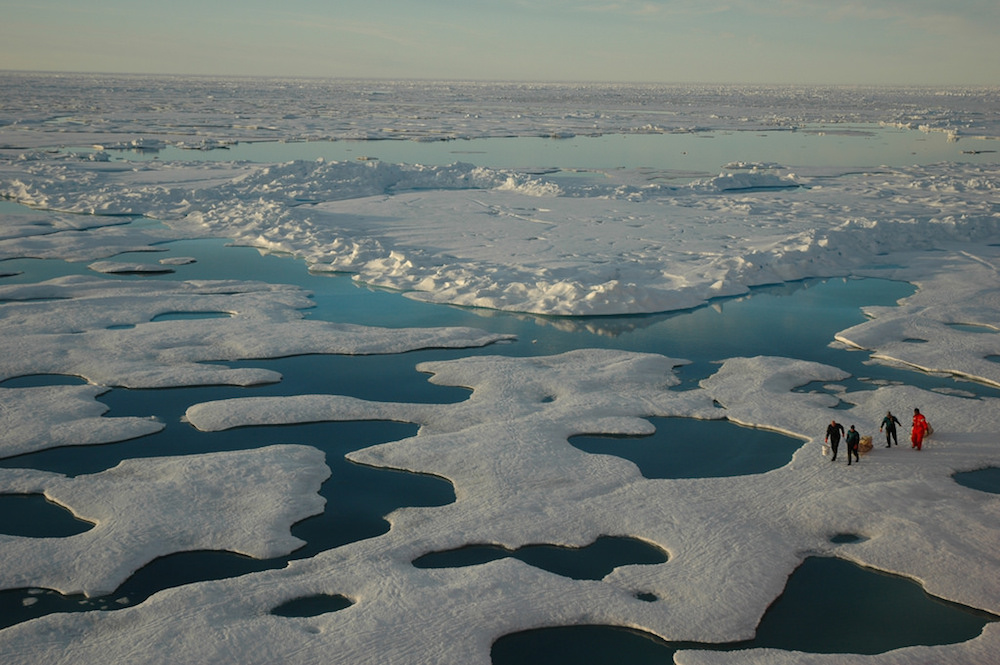 Scientists from the National Oceanic and Atmospheric Administration in the Arctic Ocean's Canada Basin. (NOAA / CC 2.0)
Scientists from the National Oceanic and Atmospheric Administration in the Arctic Ocean's Canada Basin. (NOAA / CC 2.0)
With the smallest winter sea ice coverage since record-keeping began and the second warmest year ever in the Arctic, a new National Oceanic and Atmospheric Administration (NOAA)-sponsored study out Tuesday reveals the polar region continues to bear the brunt of the world’s climate crisis.
“While 2017 saw fewer records shattered than in 2016,” NOAA noted in a statement, “the Arctic shows no sign of returning to the reliably frozen region it was decades ago. Arctic temperatures continue to increase at double the rate of the global temperature increase.”
Citing historical data, the research found that “the current observed rate of sea ice decline and warming temperatures are higher than at any other time in the last 1,500 years, and likely longer than that.”
The #Arctic saw its 2nd warmest year on record, says @NOAA‘s Arctic Report Card issued at #AGU17. This #satellite-based animation shows Arctic sea ice concentration was below average during much of 2017. More info: https://t.co/PmPCRjrUVL pic.twitter.com/10u2elJvXz
— NOAA Satellites (@NOAASatellites) December 12, 2017
This is the twelfth year for the annual report, called the Arctic Report Card, a peer-reviewed collaboration sponsored by the agency that brought together the work of 85 scientists from 12 nations.
During his a presentation of the report on Tuesday at the meeting of the American Geophysical Union, taking place this week in New Orleans, Jeremy Mathis, director of NOAA’s Arctic Research Program, explained that the Arctic region is currently “going through the most unprecedented transition in human history, and we need better observations to understand and predict how these changes will affect everyone, not just the people of the north.”
Among the other major findings of the report:
- Warmer air temperature. Average annual air temperature over land was the second highest after 2016 in the observational record, with a temperature 2.9 degrees Fahrenheit (1.6 Celsius) above the average for 1981 to 2010.
- Declining sea ice. This year’s maximum winter sea ice area, measured each March, was the lowest ever observed, while this year’s minimum area, measured each September, was eighth-lowest on record. Sea ice is also getting thinner each year, with year-old ice comprising 79 percent of coverage, and multi-year ice just 21 percent. In 1985, multi-year ice accounted for 45 percent of sea ice.
- Above average ocean temperature. Sea surface temperatures in August 2017 were 7.2 degrees Fahrenheit (4 Celsius) above the average in the Barents and Chukchi seas. Surface waters of the Chukchi Sea have warmed 1.26 degrees Fahrenheit (0.7 Celsius) per decade since 1982.
- Less melt on Greenland Ice Sheet. Melting began early on the Greenland Ice Sheet in 2017, but slowed during a cooler summer, resulting in below-average melting when compared to the previous nine years. Overall, the Greenland Ice Sheet, a major contributor to sea level rise, continued to lose mass this past year, as it has since 2002 when measurements began.
Independent journalism is under threat and overshadowed by heavily funded mainstream media.
You can help level the playing field. Become a member.
Your tax-deductible contribution keeps us digging beneath the headlines to give you thought-provoking, investigative reporting and analysis that unearths what's really happening- without compromise.
Give today to support our courageous, independent journalists.
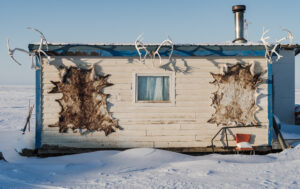
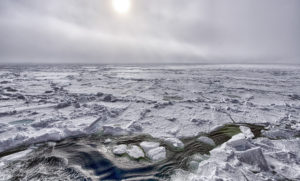
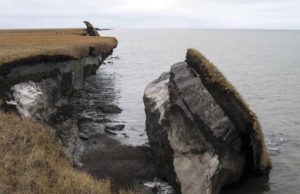
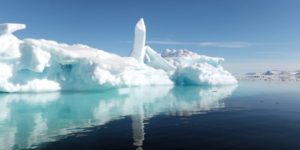
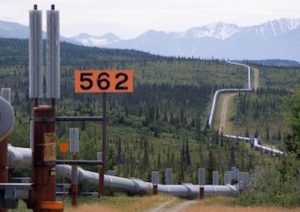

You need to be a supporter to comment.
There are currently no responses to this article.
Be the first to respond.